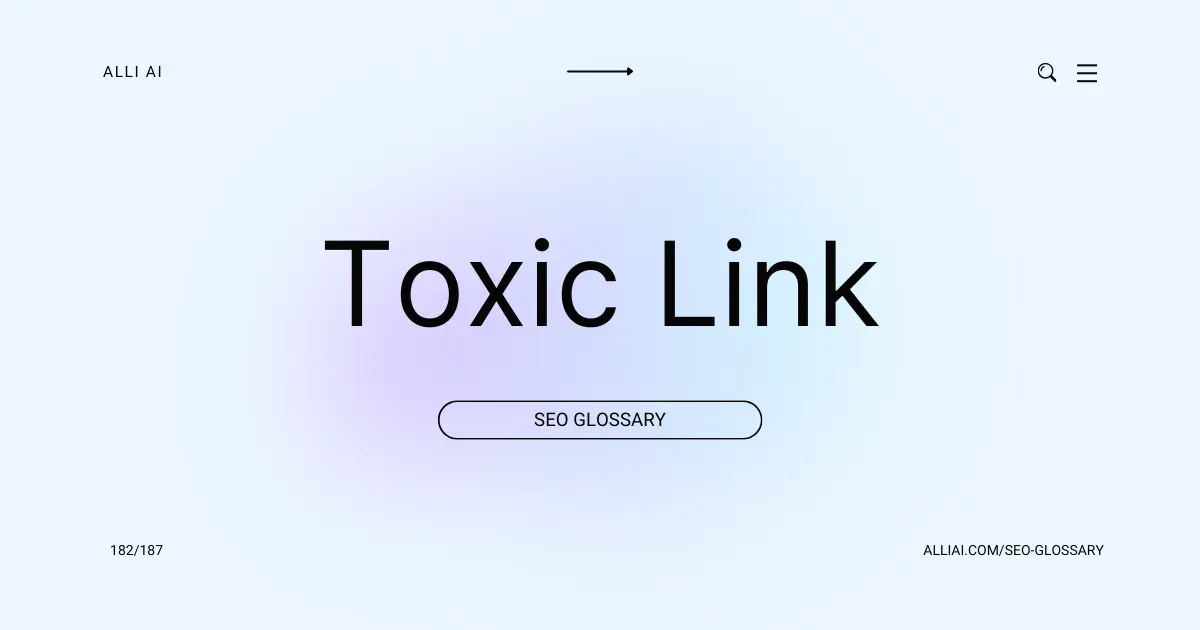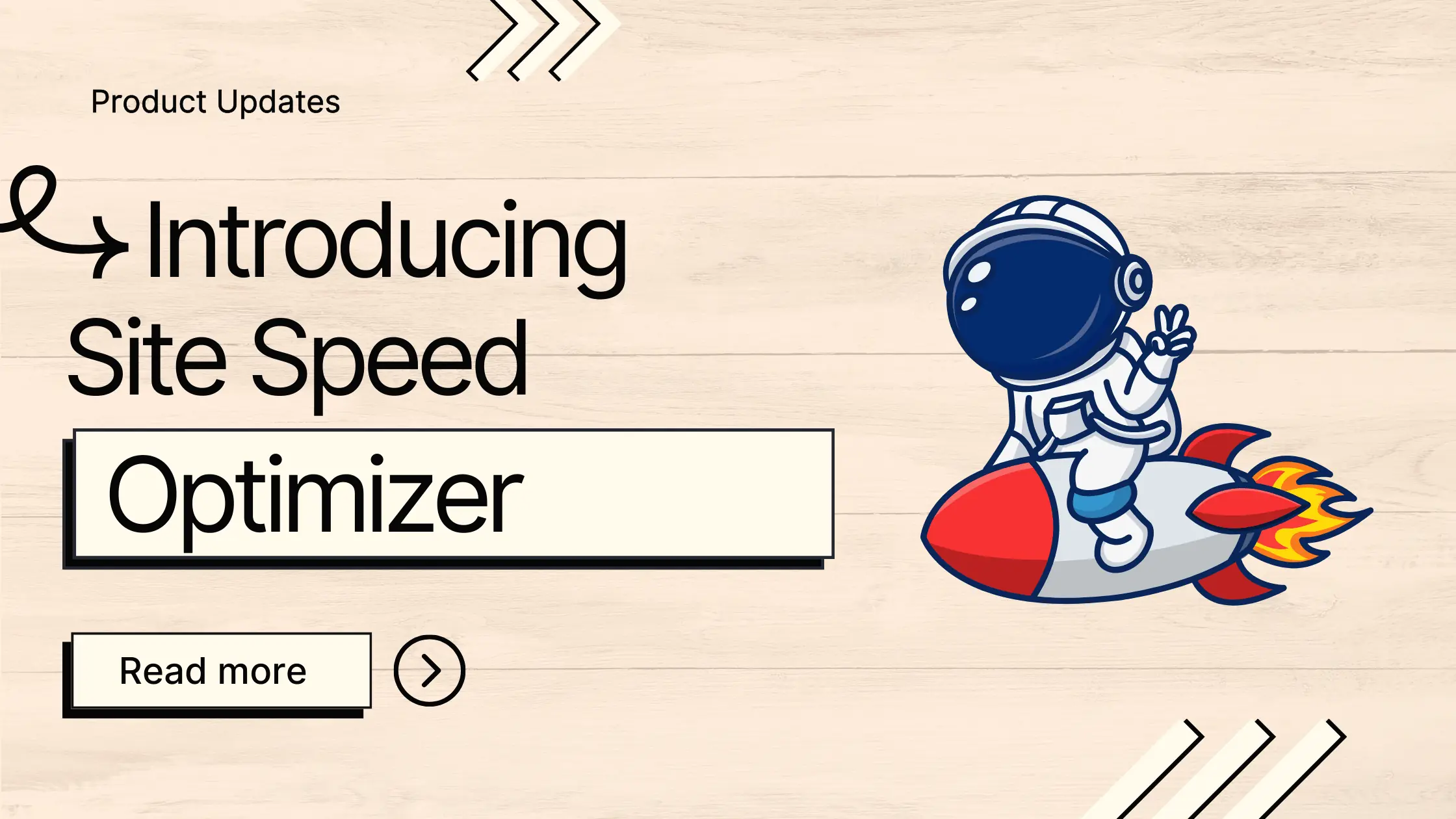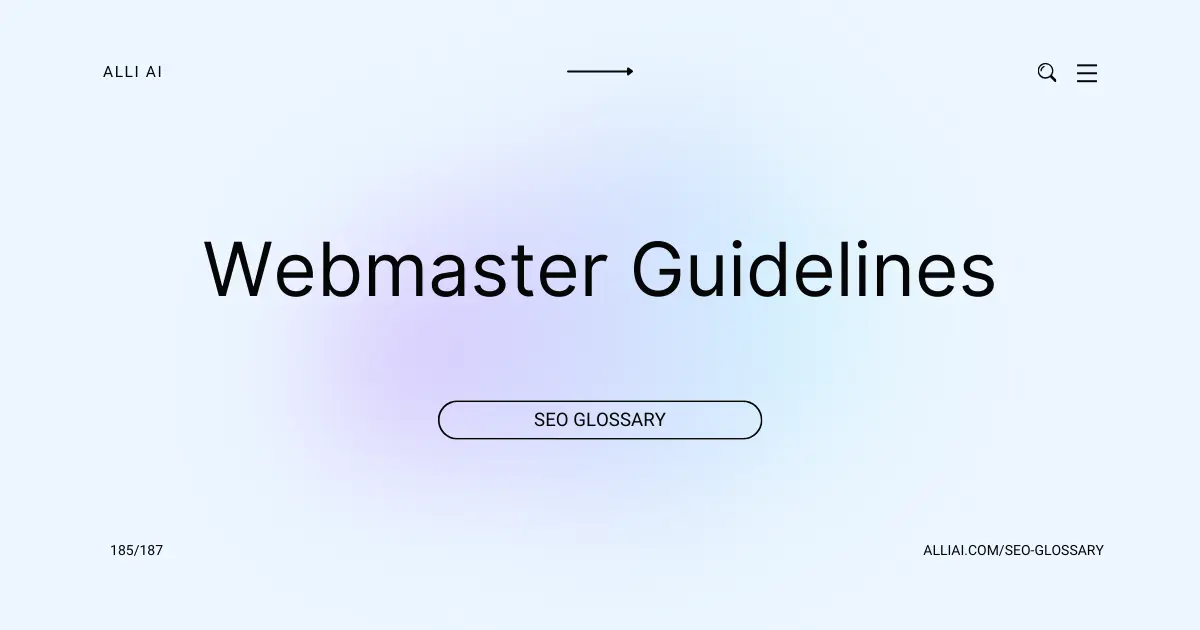What Does Search Demand Mean?
Search demand refers to the volume or number of times people search for a particular keyword or phrase on search engines. It indicates how popular or in-demand a specific topic or product is among internet users.
Where Does Search Demand Fit Into The Broader SEO Landscape?
Search demand is a crucial component in the SEO landscape as it directly influences keyword research and content strategy. It involves understanding the volume and nature of searches made by users in relation to specific keywords or topics, reflecting their interest or need for information, products, or services. High search demand indicates a significant audience pool, guiding SEO professionals to optimize their websites to target popular keywords which can drive traffic and improve site visibility in search engine results pages (SERPs). This data shapes SEO efforts by prioritizing content creation, optimizing existing content, and aligning website strategies with user interest to maximize organic search performance. Search demand also impacts the allocation of resources and budget for SEO campaigns, making it a foundational aspect for effective search engine optimization.
Real Life Analogies or Metaphors to Explain Search Demand
1. Search Demand as a Farmer’s Market: Imagine a bustling farmer’s market, with each vendor’s stall displaying different types of produce. Search demand is like the crowd of people at the market; each person represents a search query, looking for a specific type of produce. Just as some stalls (products) have longer lines (higher demand), certain search terms attract more searches in Google.
2. Search Demand as a Concert Ticket Sales: Consider a popular band announcing a concert. The rush for tickets is intense initially, reflecting high search demand. As the concert approaches or once it sells out, the search for tickets drops, akin to seasonal or trending search topics that spike and then diminish.
3. Search Demand as a Water Stream: Imagine a stream of water flowing down a mountain; this stream represents the ongoing searches conducted by users. The size of the stream (volume of water) varies depending on rainfall (user interest). Some streams are consistently large rivers, showing steady, high search demand, while others are small seasonal creeks, reflecting niche or fluctuating interests.
4. Search Demand as a School Cafeteria: Picture lunchtime in a school cafeteria; each food item represents a different search query. Items like pizza might see a consistent high demand (high volume searches), while a less popular dish like Brussels sprouts might have much lower demand (low volume searches).
5. Search Demand as a Library: Think of a library where readers are continuously coming in to check out books. Each book genre represents a different search category. Some genres like mystery or romance might be checked out more frequently, representing higher search demand, while more specialized genres like medieval poetry, might see less frequent check-outs.
How the Search Demand Functions or is Implemented?
1. Keyword Identification: Identifying terms and phrases that users enter into search engines related to specific products, services, or topics.
2. Search Volume Analysis: Using tools like Google Keyword Planner, SEMrush, or Ahrefs to determine how many times keywords are searched per month.
3. Trend Analysis: Analyzing search trends over time to predict when certain keywords will be more popular using tools like Google Trends.
4. User Intent Understanding: Classifying search intent into categories such as informational, navigational, transactional, or commercial to tailor content accordingly.
5. Content Creation Based on Demand: Creating blog posts, videos, infographics, etc., that align with the search demand and intent identified.
6. SEO Optimization: Implementing on-page and off-page SEO strategies such as keyword optimization in titles, meta descriptions, and content, as well as building backlinks.
7. Performance Tracking: Using Google Analytics and other tools to track how well content performs in search rankings and adjusts strategies based on performance data.
8. Feedback Loop: Revising content and SEO strategies based on analytics insights and changing search trends to continually cater to search demand.
Impact Search Demand has on SEO
Search demand directly impacts SEO performance, rankings, and user experience by influencing the volume of potential traffic a website can attract. Higher search demand for relevant keywords means more opportunities for a website to appear in search results, potentially leading to increased organic traffic. This can enhance visibility and improve rankings as search engines recognize the site as a valuable resource in response to user queries. Additionally, aligning content with user search intent improves the user experience by providing relevant, useful information, which can lead to lower bounce rates and higher engagement metrics. Conversely, targeting keywords with low search demand may result in lower traffic and reduced visibility, thereby impacting SEO negatively.
SEO Best Practices For Search Demand
1. Identify Core Keywords:
– Use keyword research tools (such as Google Keyword Planner, SEMrush, Ahrefs) to find primary and secondary keywords related to the search demand.
– Analyze search volume, keyword difficulty, and relevancy.
2. Optimize Website Content:
– Include main keywords in page titles, meta descriptions, header tags (H1, H2, etc.), and throughout the content.
– Ensure content directly addresses the search intent of the keywords.
– Use natural language and variations of main keywords to avoid keyword stuffing.
3. Improve Site Structure:
– Ensure the website is easy to navigate.
– Create a sitemap and submit it to search engines.
– Use breadcrumbs and internal linking to enhance user experience and distribute page authority across the site.
4. Enhance User Experience (UX):
– Optimize website loading speed using tools like Google PageSpeed Insights.
– Make sure the website is mobile-friendly.
– Design clear and accessible call-to-action buttons.
5. Utilize Schema Markup:
– Implement schema.org markup to enhance rich snippets in SERPs which can improve click-through rates.
6. Build Quality Backlinks:
– Engage in guest blogging on reputable sites within the same industry.
– Create valuable content like infographics or research studies that naturally attract links.
– Use social media and forums to promote content and gain backlinks.
7. Optimize for Local SEO:
– Claim and optimize Google My Business Listing.
– Include local keywords and regional specifics in your content.
– Accumulate reviews and maintain local business listings and directories.
8. Monitor and Adapt Strategy:
– Use analytics tools like Google Analytics to track traffic, engagement, and conversion rates.
– Regularly review keyword rankings and optimize pages that are underperforming.
– Stay updated with the latest SEO trends and algorithm updates.
Common Mistakes To Avoid
1. Targeting Highly Competitive Keywords Without Adequate Authority: Newer or low-authority sites should target less competitive, long-tail keywords before targeting highly competitive ones.
2. Ignoring Local Search Demand: For businesses that operate locally, not optimizing for local search terms can miss crucial traffic and conversions.
3. Neglecting Seasonal Variations in Search Demand: Failing to anticipate and prepare content for seasonal peaks in search demand, such as holidays or events.
4. Overestimating Search Volume Data: Relying solely on keyword tools without verifying the practical traffic potential can lead to poor resource allocation.
5. Underestimating User Intent: Misinterpreting why users search for specific terms can result in irrelevant content that fails to engage or convert visitors.
6. Focusing Only on High-Volume Keywords: Ignoring lower-volume, niche-specific keywords that might convert better and be more relevant to the target audience.
7. Keyword Cannibalization: Targeting the same keyword across multiple pages can dilute the effectiveness of SEO efforts and confuse search engines.
8. Not Adapting to Algorithm Updates: Being unaware of changes in how search engines assess and prioritize content based on user queries could degrade performance.
9. Not Using Related Keywords and Synonyms: Sticking rigidly to certain keywords without considering synonyms or related terms can limit the reach of content.
10. Ignoring Long-Tail Keywords: Failing to target long-tail keywords, which are often easier to rank for and have clearer intent, can result in lost opportunities.
11. Assuming Keyword Popularity Is Static: Not regularly updating keyword research to reflect current trends and changes in user behavior.
12. Poor Keyword Placement: Placing keywords inappropriately within content, or focusing too heavily on density rather than context and relevance.
13. Lack of Continuous Monitoring and Adaptation: Not reviewing keyword performance and adjusting strategies can allow competitors to capitalize on overlooked opportunities.
14. Disregarding Search Engine Result Page (SERP) Features: Not optimizing for features like snippets, local packs, or image carousels can mean missing out on prime search real estate.
15. Not Considering User Feedback and Engagement Metrics: Ignoring user interaction data that can indicate whether content satisfies searcher intent and deserves a high ranking.






